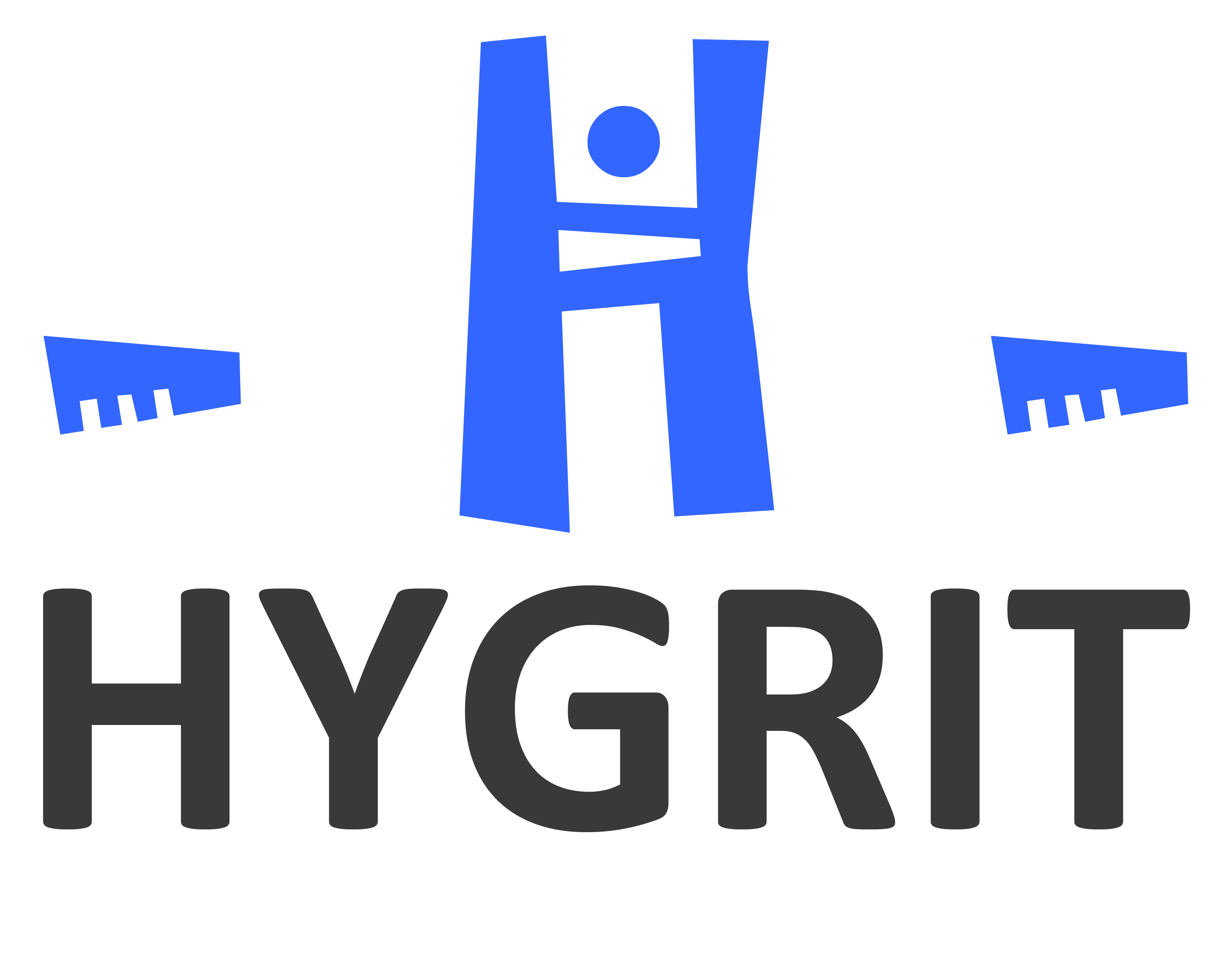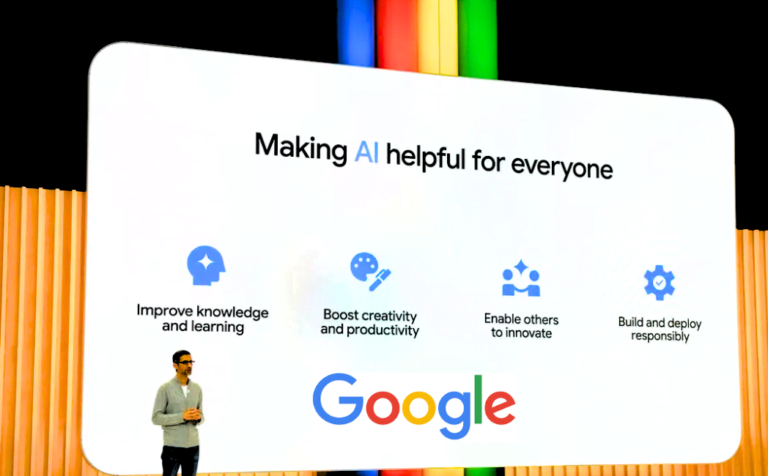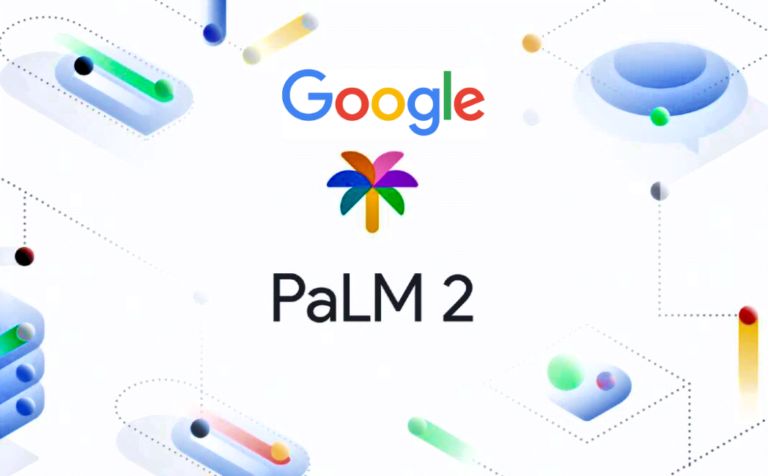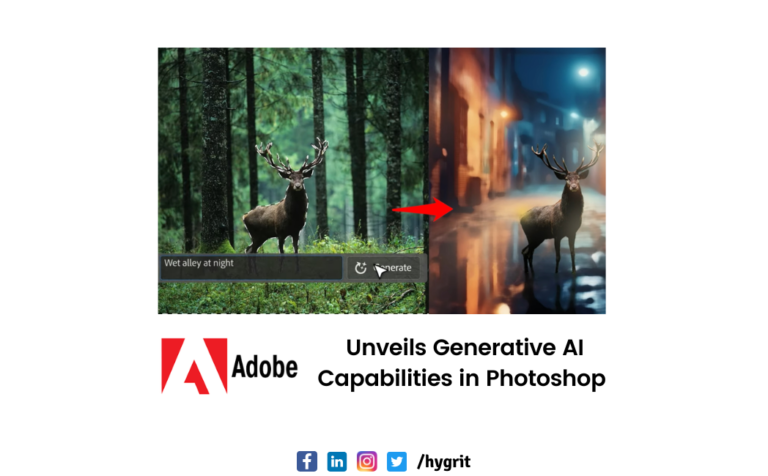Generative Artificial Intelligence (AI) is a groundbreaking technology that has the ability to transform various industries by enabling machines to generate content, create new designs, and mimic human-like behaviors. This article explores the concept of generative AI, its applications, and its connection to innovative models such as ChatGPT and Google Bard.
Understanding Generative AI:
It refers to the use of machine learning algorithms to generate new content, designs, or behaviors that resemble human creativity. It leverages deep learning techniques and large datasets to learn patterns, make predictions, and generate original outputs.
Applications of Generative AI:
- Content Generation: It can create realistic images, videos, and text, which has applications in various fields such as advertising, entertainment, and virtual reality.
- Design and Art: It can generate unique designs, logos, and artwork, aiding creative professionals in their work.
- Music and Sound: It can compose original music, produce sound effects, and even mimic the style of renowned musicians.
- Gaming and Virtual Worlds: It can generate realistic game environments, characters, and narratives, enhancing the gaming experience.
- Personalization: It can analyze user preferences and generate personalized recommendations, improving customer experiences.
ChatGPT:
ChatGPT is a prime example of generative AI. It utilizes deep learning models to generate human-like text responses based on input prompts. Users can engage in conversations with ChatGPT, making it useful for customer support, content creation, and language translation tasks.
Google Bard:
Google Bard is another notable application of generative AI. It is a large language model (LLM) that has been trained on a massive dataset of text and code. This allows it to generate text, translate languages, write different kinds of creative content, and answer your questions in an informative way.
The Future of Generative AI:
It is poised to shape the future in remarkable ways. As technology advances, we can expect:
- More realistic and immersive virtual experiences.
- Enhanced personalization in various domains, from marketing to healthcare.
- Accelerated innovation in creative industries, with AI serving as a collaborator and inspiration.
- New opportunities for automation and efficiency in content creation and design.
In conclusion, generative AI is a game-changer that revolutionizes industries by enabling machines to generate content, designs, and behaviors akin to human creativity. With advancements like ChatGPT and Google Bard, it is already making significant strides. As we embrace its potential of it, we open up exciting possibilities for the future of technology and human interaction.




